John Hurrell – 17 April, 2016
This display showcases multiple elements, bodies and minds linked by a common purpose, and uses as an analogy those forces in the animal world that cause swarms of insects, flocks of birds or shoals of fish to act with impressive cohesion. Monique Jansen's subtle graphite drawings and inkjet prints take on a symbolic quality in this context, for although geometric in composition and alluding to computer drawings, her intricate ‘mists' of hovering diagonal (delicately wobbly) handmade pencil lines seem part of an eco system.
Pakuranga
Alex Monteith, Caroline McQuarrie, Monique Jansen, Rangituhia Hollis, Charlotte Drayton
The Hive Hums with Many Minds: Part One
Curated by Bruce E. Philips
12 March - 24 May 2016
An exhibition that examines the systems and infrastructures that continuously control the environmental, economic, and logistic dynamics of our planet - more specifically the mechanisms that globally effect weather, water and land masses, and the human processes of mass communication, technology and commerce - The Hive Hums with Many Minds presents two linked zones of artwork: Part One currently in the Te Tuhi building in Pakuranga, and Part Two (opening in late April) in Silo 6, downtown in the Wynyard Quarter.
This display showcases multiple elements, bodies and minds linked by a common purpose, and uses as an analogy those forces in the animal world that cause swarms of insects, flocks of birds or shoals of fish to act with impressive cohesion. Monique Jansen’s subtle graphite drawings and inkjet prints take on a symbolic quality in this context, for although geometric in composition and alluding to computer drawings, her intricate ‘mists’ of hovering diagonal (delicately wobbly) handmade pencil lines seem part of an eco system. Her coloured inkjet prints on the opposite wall feature drawings made on tracing paper that has been folded over to that both sides of the sheet interact. Like thousands of starlings in murmuration, space is compressed in these printed photographs of her collapsed fields of lines.
Jansen’s images in this context become ‘diagrams’ of processes where as Peggy Holman puts it: ‘single cell organisms interact and multi-cellular creatures emerge.’ Related thematic concepts like emergence, hivemind, and eusociality come into play.
The photographs of Caroline McQuarrie refer to a frenzied search for gold globally in the mid -nineteenth century when the body of the earth itself was under attack from some sort of montrous parasite as quartz bearing veins of gold was eagerly sought. The moss and fern covered entrances she has documented metaphorically become exposed wounds or penetrated orifices. These are seven of thousands of fissures around the world, seven silent and forgotten manmade caves from the South Island’s West Coast.
McQuarrie’s images of damp shrub-covered entrances are oddly sinister, considering the labour necessary to remove a small amount of gold from large quantities of quartz, and the foreboding ambience of the shadowy isolated bush. Collectively they have real presence as negative traces, primal ciphers for these remnants of men scrambling to make their fortune.
In the adjacent corridor Alex Monteith presents five plasma screens aligned on poles set so they advance out from the walls into the middle of the space, and featuring the exhibition design of Te Tuhi staff-member Andrew Kennedy. The result is that they physically confront gallery visitors like free standing sculpture. Her HD video loops present footage of the NZ Defence Force clean-up of oil and diesel from MV Rena on the Bay of Plenty coast. Monteith’s film loops of bulldozers picking up split containers and moving along the Waihi beach and Papamoa foreshore speak of the impact of logistics and transport as a product of capitalism, and the vulnerability of local communities (their economies) and their ecosystems to the contingencies of global flow.
Monteith and McQuarries’s projects look at the physical consequences of these curvilinear historical and economic streaming processes, the individual elements actively engaged with the peripheral, while interacting with the acquiescent and resistant. They are more preoccupied with nature, like say the eco environment and human ‘nature’ (like greed), whereas the works of Rangituhia Hollis and Charlotte Drayton examine the urban and suburban environs and their domestic or commercial architectural elements. More on them on Tuesday in One Mind with Multiple Bodies (2).
John Hurrell
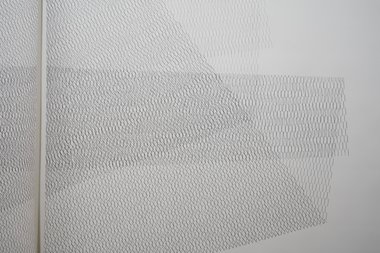
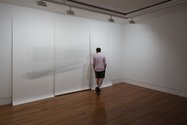
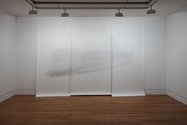
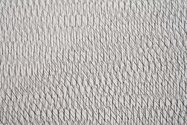

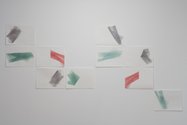
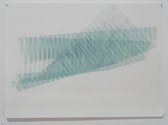
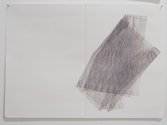
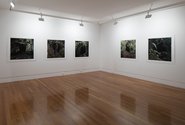
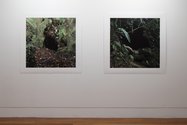
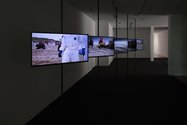
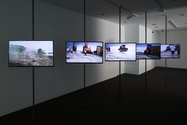
 Advertising in this column
Advertising in this column Two Rooms presents a program of residencies and projects
Two Rooms presents a program of residencies and projects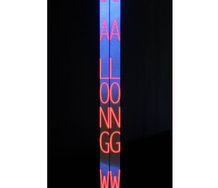
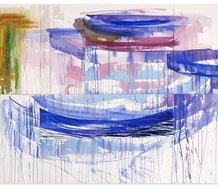
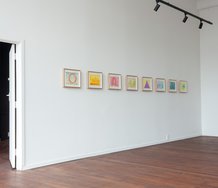

This Discussion has 0 comments.
Comment
Participate
Register to Participate.
Sign in
Sign in to an existing account.